DHL Supply Chain’s Sally Miller on the State of Robotics
In a keynote at the Manifest 2024 supply chain and logistics conference Tuesday, DHL Supply Chain’s Sally Miller talked about the future of supply chain digitization, highlighting how the company balances its human, robotic and automated resources within its distribution centers.
Sourcing Journal caught up with Miller, DHL Supply Chain’s global digital transformation officer and chief information officer of North America, at Manifest 2024 to dig deeper into the contract logistics provider’s expansion efforts, robotics implementations, forays in sustainability initiatives and the potential for Gen AI.
Sourcing Journal: Given DHL Supply Chain’s work in the contract logistics space, are there any commonalities across clients that are seeking to improve their warehousing or logistics operations?
Sally Miller: We’re seeing a lot of customers realize that they don’t have the bandwidth to keep up with the innovation and the rate of change and are looking to us to assess what would be the best solution to implement. There’s just too much going on for customers to maintain and run their core business to keep up with all the innovations in the supply chain.
S.J.: You’ve expanded and scaled your partnership with Locus Robotics. Where do you see that progressing, and how do you feel that helps DHL cater to the different kinds of clients you have?
S.M.: For Locus specifically, we started with them doing picking, and we worked with them on expanding what the bot can do. We have robots performing inbound case picking and putting product away now, and we’re continuing to scale. They now have their new Vector model out, which can carry more weight and larger items, so it’s a fit for more of our operations as well.
S.J.: In your session, you said how venture capitalists don’t invest enough in case picking robotics technologies. What has made you so bullish on the case picking tech?
S.M.: If I weren’t doing what I was doing at DHL, I would start a company that developed a case picking robot. There is a big misunderstanding in the market—the volume of what types of activities are done in warehouses, and the bigger volume is in case picking and pallet picking rather than individually.
Think of where you buy your everyday household items. Sure, you order stuff from Amazon and Walmart online, but you also go to the grocery store, and you go to Walmart and Target individually. How does the stuff get there? It doesn’t arrive there individually, it arrives there in cases. Even if you look at the retailer revenue volume, only 15 percent is from e-commerce and the other 85 percent is from the store and they get it from cases and pallets. It is a very common misconception even by the robotics vendors.
S.J.: As your overall operation has expanded further into different markets like Latin America, where do you see the biggest opportunities? How do you feel like that progression you know, will continue in 2024 and beyond?
S.M.: On the electric vehicle (EV) side, we are deploying what generates an ROI and what our customers are open to deploying, because it’s still more costly than traditional vehicles depending on the solution. A lot of it depends on the customer’s willingness to pay for a sustainable solution.
We also have aggressive targets to become carbon neutral on the warehouse and transport side.
S.J.: When DHL Supply Chain interacts with clients both old and new, is there anything you’ve learned about working with them that has made you evolve or rethink your logistics operation compared to just a few years ago?
S.M.: Five years ago, the customer would ask me questions that are much different than today. Back then, it was mainly focused on the software/IT solutions: “What warehouse management or transportation management system are you putting in? ” Now it’s: “How many robots do you think will be running versus humans?”
It’s also more important to have a resilient IT infrastructure, because the threat of cyberattacks is very real with the increasing prevalence of bad actors. It’s just a more complex environment to manage. Customers want to understand what our solutions are, and if they’re taking good care of their business.
S.J.: Given your usage of robotics, where do you feel the balance is with mass deployment in warehouses and keeping people employed?
S.M.: One of the issues we have is that we still can’t find people to fill all the roles, so it’s not a case where a robot is replacing a human. Most of the bots that we deploy are designed to work with people.
So yeah, if they make them more productive, then via a math problem, you’ll need less humans as more robots are deployed. But we’re not even close to that kind of warehouse environment, which I think people thought of initially when a lot of this technology was first launched.
S.J.: Are there any more trends that your seeing within the logistics space that customers should know about?
S.M.: I think there will be a lot of use cases around Gen AI for back office functions. We write a lot of procedures and policies, and now we have the opportunity to leverage Gen AI for those. It’s almost like what robotics is to the blue collar hourly workforce, Gen AI is to the white collar workforce. There’s just a lot of opportunities to reduce non-value added clerical-type work with Gen AI, like writing new role profiles for new job descriptions, so I’m very excited.
DHL North America Supply Chain Chief Information Officer Sally Miller and Boston Dynamics Senior Vice President Kevin Blankespoor join Yahoo Finance Live to discuss the role of robots in warehouses, DHL's $15 million investment into a fleet of 'Stretch' robots, and the outlook for Boston Dynamics.




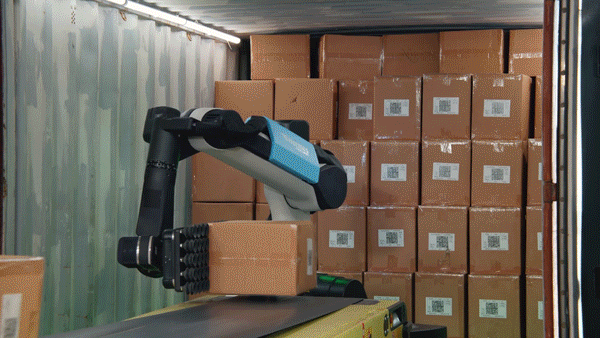
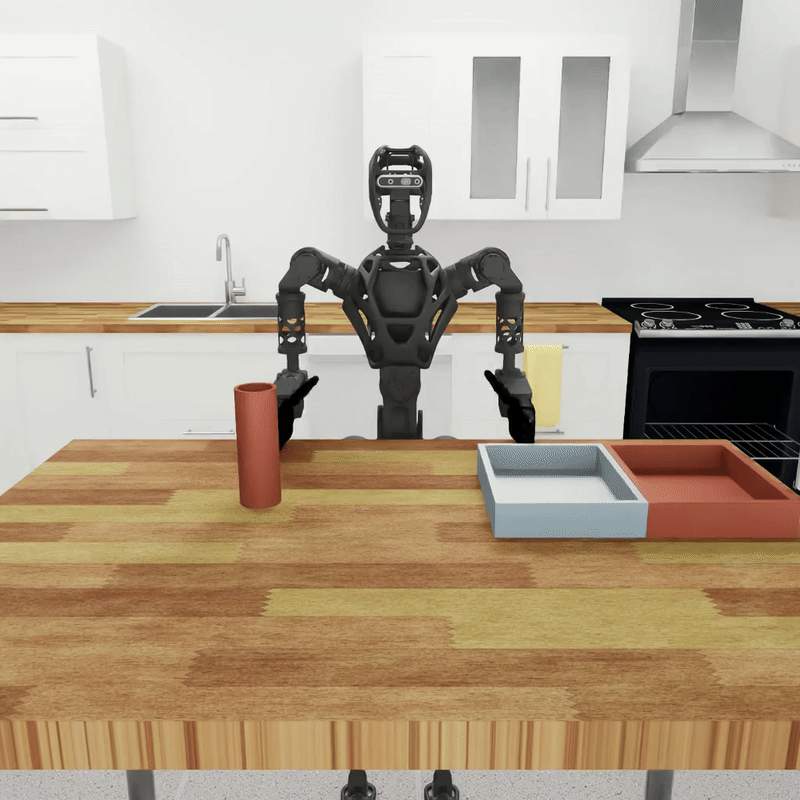
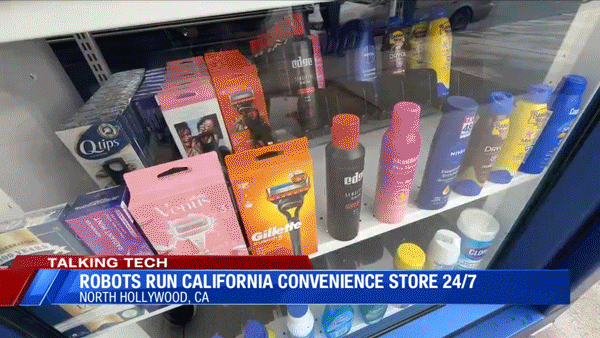
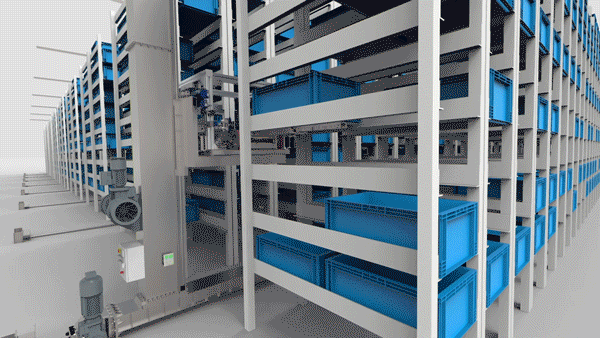






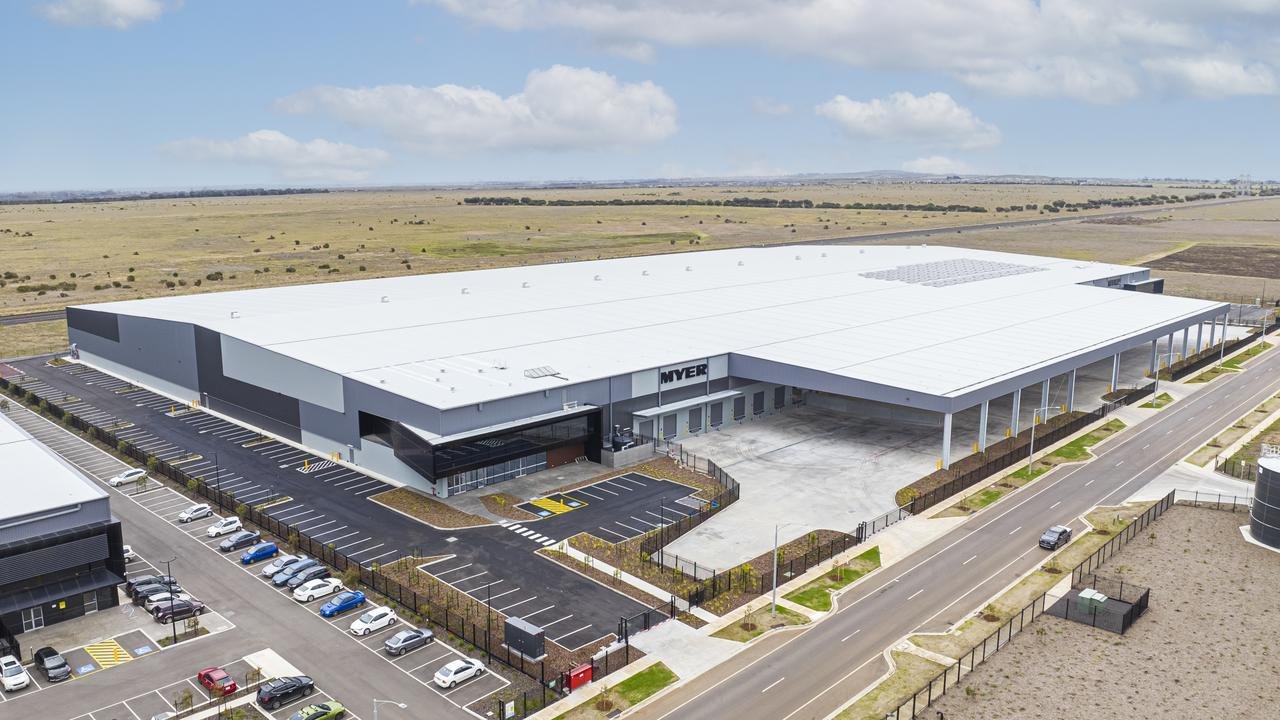

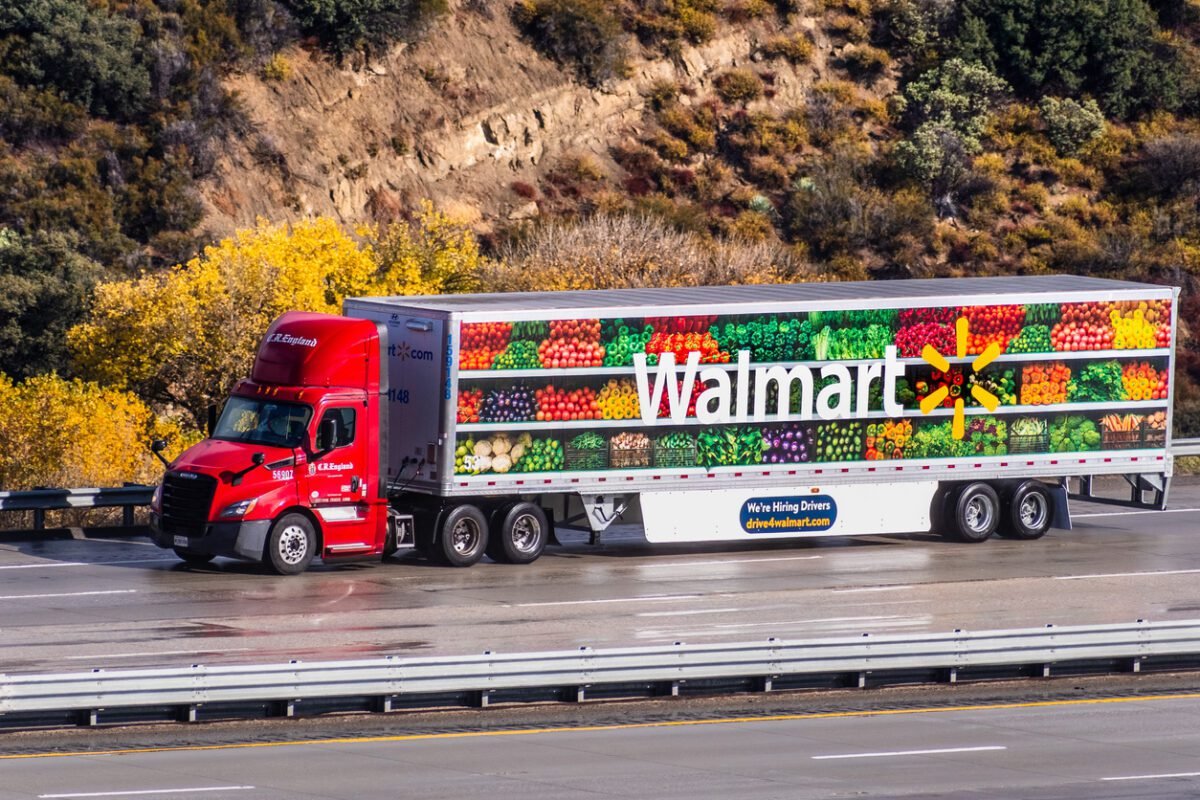

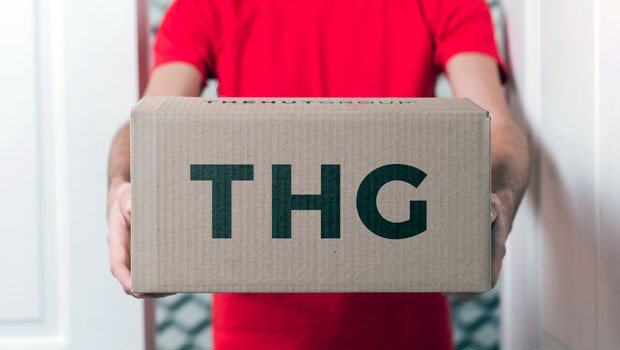
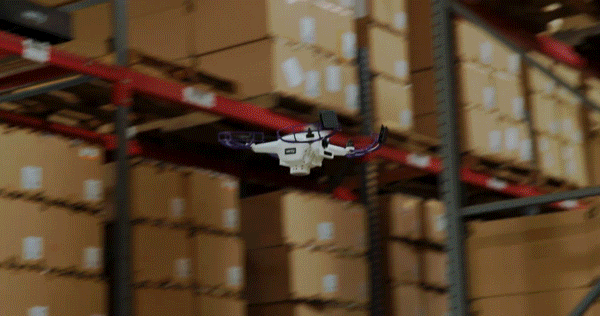
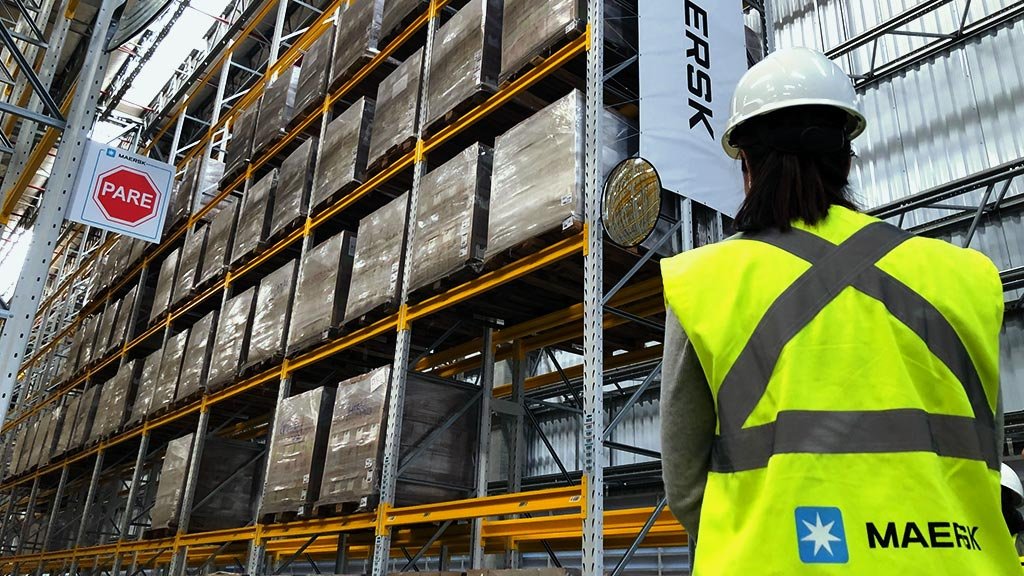



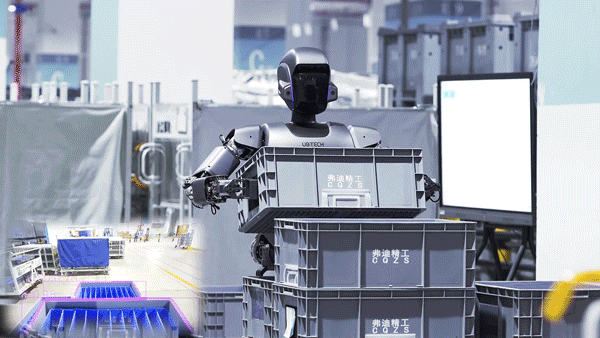

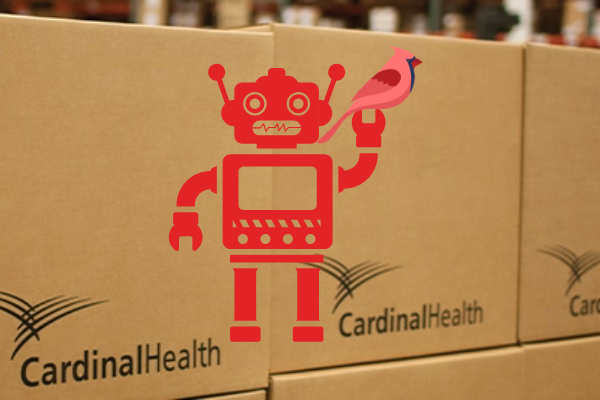
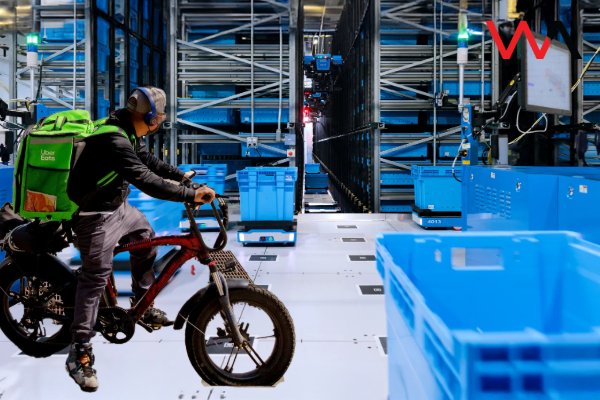
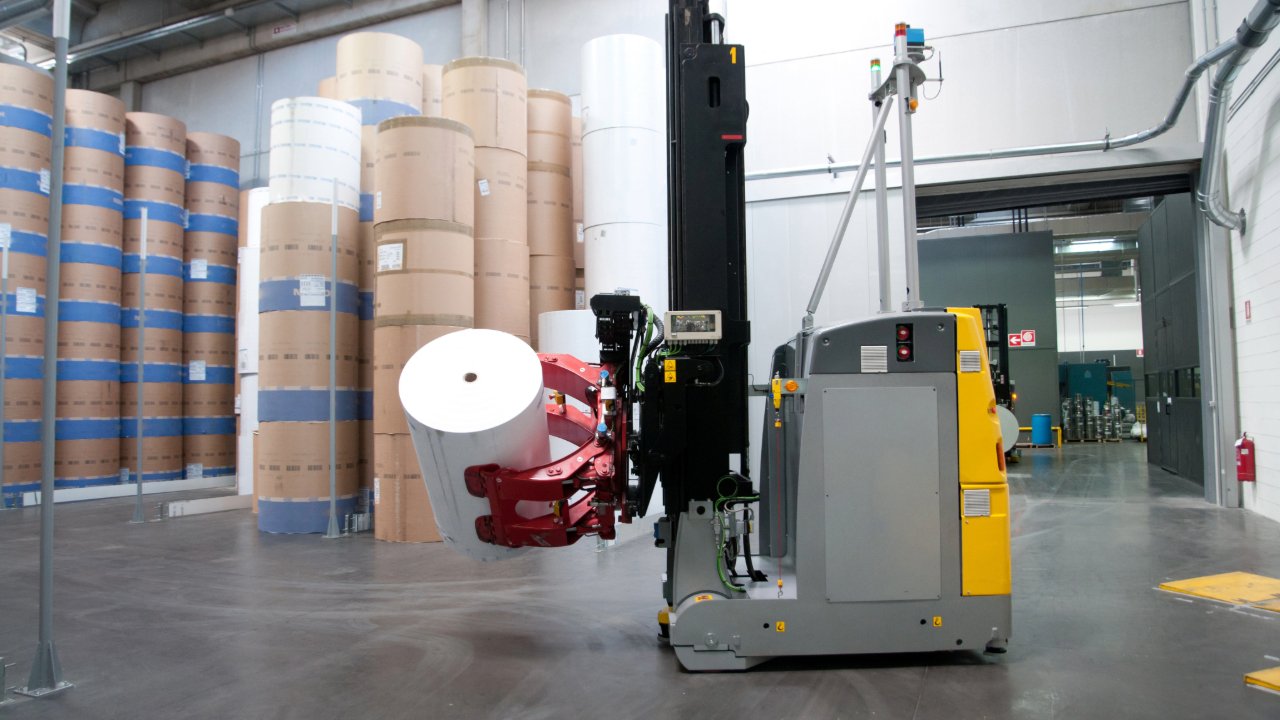
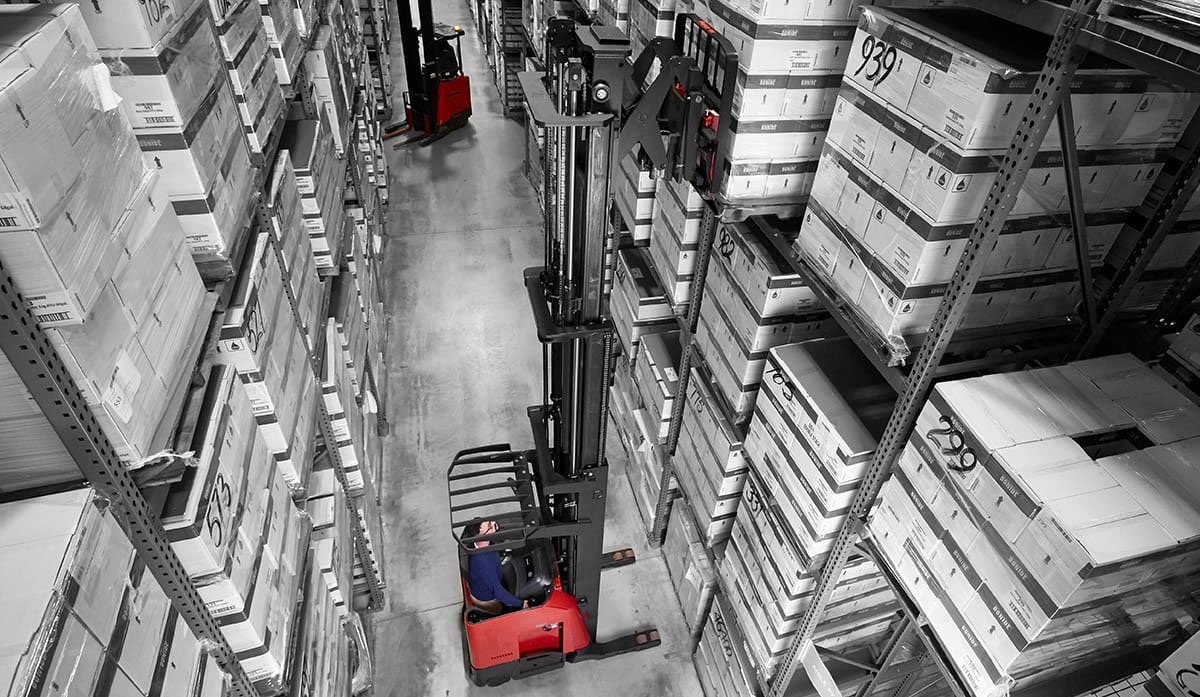
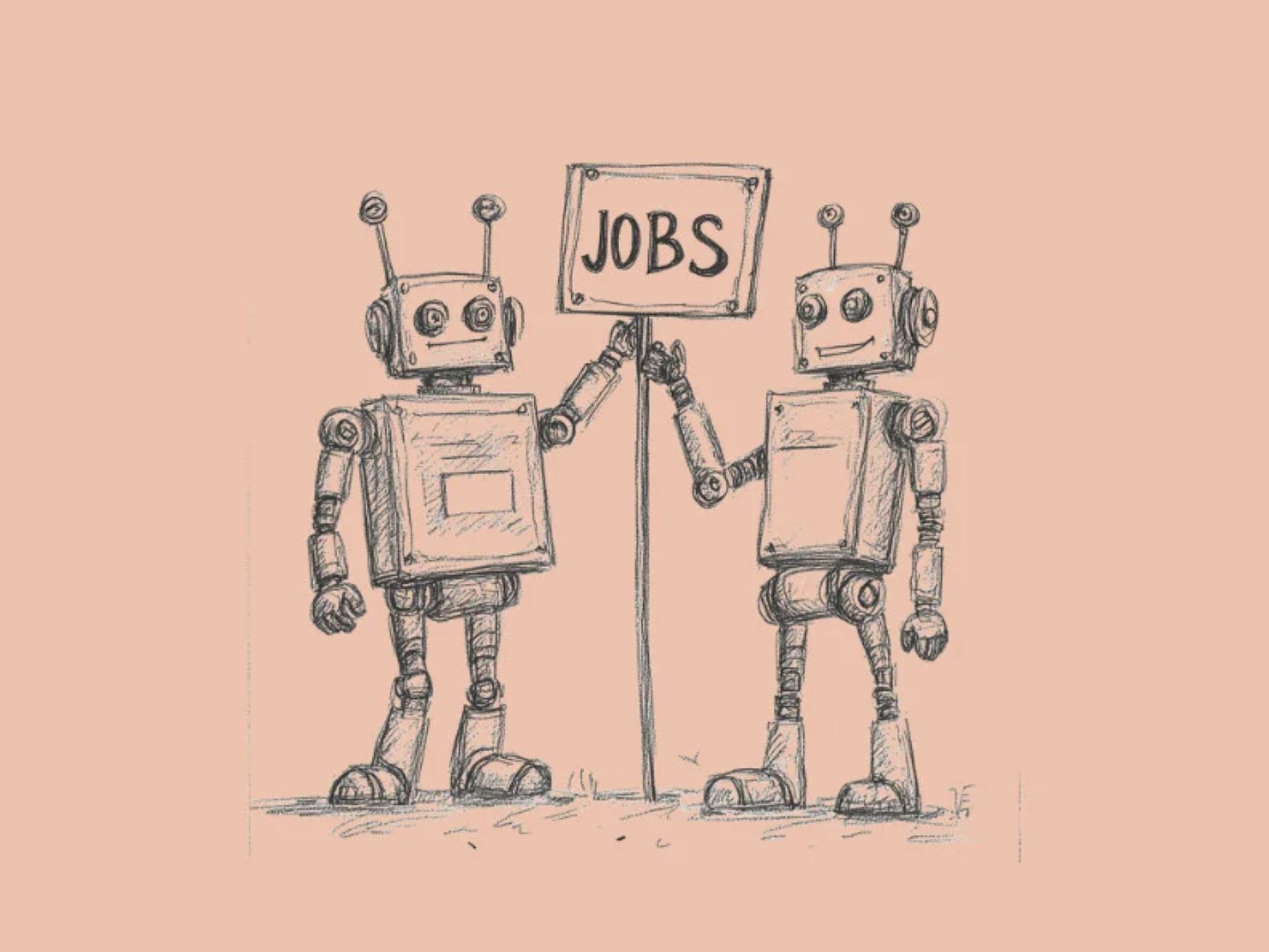
In the battle for e-commerce supremacy, there’s an uncomfortable truth retailers can no longer ignore.